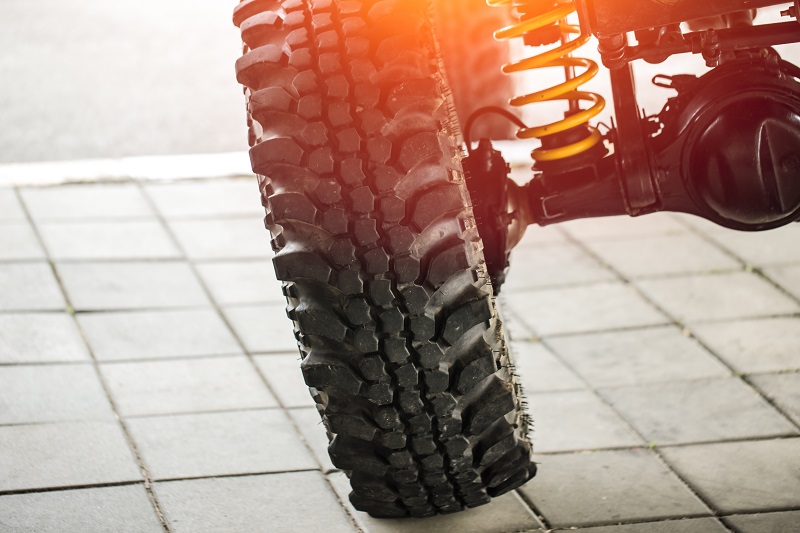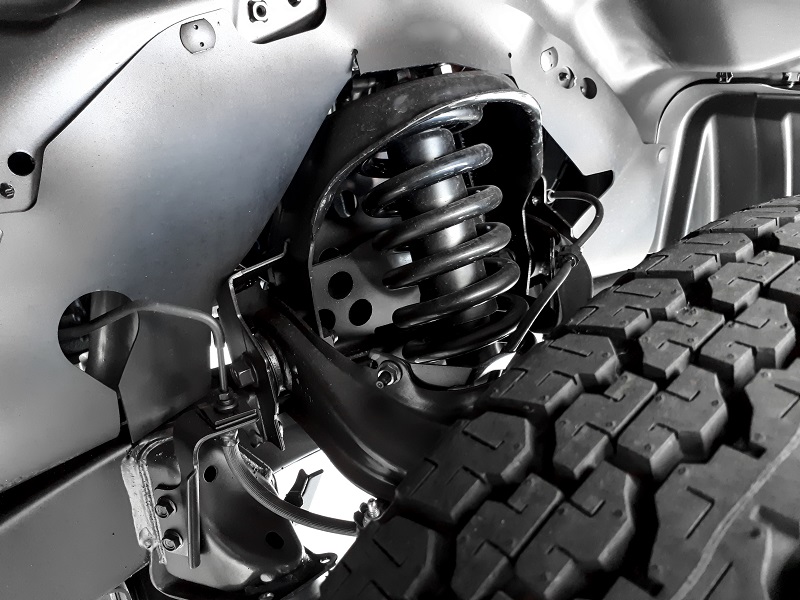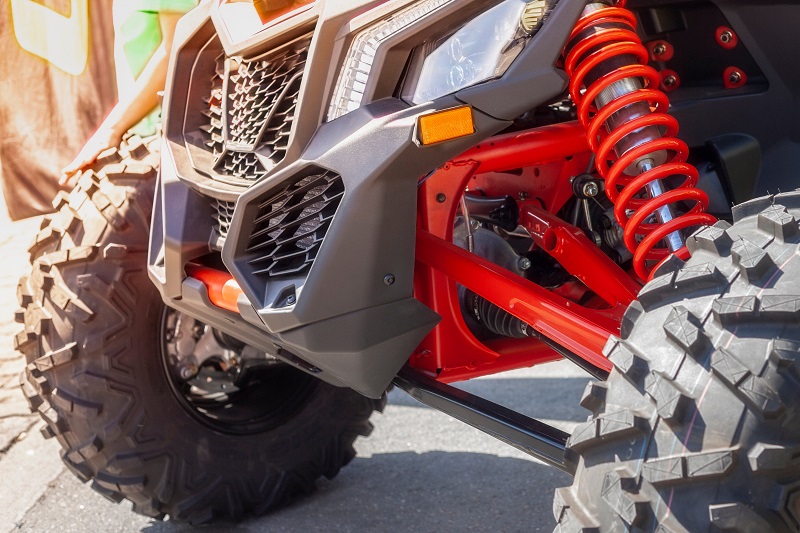Car’s 4×4 suspension is the overall system of tires, tire air, springs, and shock absorb and linkages that connect the vehicle to its wheels and allow relative motion between the two. Suspension system influences road holding/handling and rides quality which is always clashing.
Vehicle 4×4 suspension is entrusted with three main jobs, smoothing out bumps, keep the tires connected to the road and control vehicle stability. Apart from that, 4×4 suspensions will also enhance the performance of the car. People normally assess the automobile’s performance on the merits of horsepower, torque, and zero-to-60 acceleration, but all the power generated by a piston engine. The driver can control the engine of the car and they mostly use the brake system to control the same. The automobile engineers have hence focused on the suspension system right away after mastering the four-stroke internal combustion engine.
Why would you need 4×4 suspensions for your car?

The 4×4 suspension system works to provide steering stability so that the driver gets good handling and the passengers feel comfortable. Read on below to know how car suspensions work:
- The requirement of car suspension depends on the condition of the roads that you are driving. If the road is not topsy-turvy, suspensions won’t be as necessary. The roads that are far from flat will require suspensions because such suspensions can give your smooth driving experiences.
- The imperfections of the road apply forces to the wheels. Going by Newton’s law of motion, all forces have both magnitude and direction. The bumps in the road make the wheel to move up and down perpendicular to the road surface. The magnitude depends on if the wheel is hitting a giant bump or a tiny speck. In both the ways the car wheel experiences a vertical acceleration as it moves over imperfection.
- If the structure is not as intervening, the whole vertical energy of the wheel is transferred to the frame and it moves in the same direction. If such a situation persists, the wheel tends to get disconnected with the road. You will need a system that will soak up the energy of the vertically accelerated wheel thereby allowing the frame and body to ride undisturbed while the wheels ride on the bumps of the road. In this regard, 4×4 suspensions can control all four wheels of your car and they will prevent any distraction while you drive on an adverse road condition.
The is 4×4 suspension front suspensions comprise of the following:

Solid axle with coil springs: This is another dependent system that replaces multi-leaf springs with coil springs. The off-road drivers swear by coil springs because they have an intense design and make lesser noise. The drive hence becomes smoother and quieter.
Independent front suspension: Alternatively known as IFS, this is a type of suspension in which the two front wheels move separately. In an IFS system, upper and lower control arms connect to the wheel on a single side and to the frame on the other side. Springing is achieved either with torsion bars that act like straightened-out coil springs, or coil struts that combine a coil spring and a shock absorber into a single unit.
Twin-traction beam: Alternatively known as TTB, or twin I-beam is a suspension engineered by Ford to assert the best of dependent and independent systems. A TTB system comes with two beams at the front of the vehicle. Each beam is suspended on a pivot on one end, on the wheel on the other. In the rear side of most vehicles that come with 4×4 suspensions, you are likely to find a solid axle with leaf or coil springs. Off-road drivers choose to mount shock absorbers on the opposing sides of the axle which helps reduce the axle tramp, the rapid bumpy motion of the rear axle generated by sudden acceleration.












